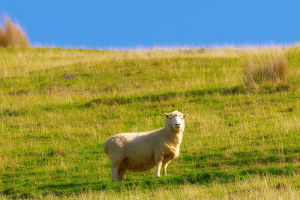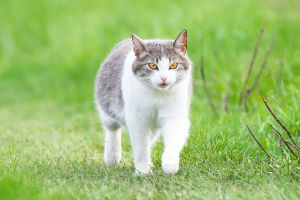Have you ever heard a bird call that sounds like "cu-coo" and wondered what kind of bird makes that noise? That distinctive call belongs to the Common Cuckoo, a fascinating bird with some pretty unique behaviors.
For starters, it doesn’t even build its own nest! Instead, it lays its eggs in the nests of other birds and lets them do all the parenting.
• 1.Distinctive Call: The Common Cuckoo is famous for its distinctive call, which sounds like "cu-coo," giving the bird its name. This call is most often heard during the breeding season and is used by males to attract females and establish territory.
• 2.Brood Parasitism: One of the most remarkable aspects of the Common Cuckoo is its brood parasitism. Instead of building its own nest, the female lays her eggs in the nests of other bird species. The host birds raise the cuckoo chicks as their own, often to the detriment of their own offspring.
• 3.Egg Mimicry: To increase the chances of successful brood parasitism, female cuckoos lay eggs that closely mimic the appearance of the host species’ eggs. This mimicry reduces the likelihood that the host will recognize and reject the foreign egg.
• 4.Chick Manipulation: Once hatched, the cuckoo chick often ejects the host’s eggs or chicks from the nest, ensuring that it receives all the parental care and food. This behavior maximizes the cuckoo chick’s chances of survival.
• 5.Migration: The Common Cuckoo is a migratory bird. It breeds in Europe and Asia during the spring and summer months and migrates to sub-Saharan Africa for the winter. This long-distance migration involves crossing vast distances, with some cuckoos traveling over 6,000 miles each way.
• 6.Size and Appearance: Adult Common Cuckoos are about 12 to 15 inches in length and have a slender, medium-sized body with a long tail. They exhibit a range of plumage colors from greyish-blue to brown, which helps them blend into their environment.
• 7.Diet: The diet of the Common Cuckoo primarily consists of insects and other invertebrates. They are particularly fond of caterpillars, which they can consume in large quantities.
• 8.Behavioral Adaptations: The female cuckoo has evolved to specialize in laying eggs in specific host species' nests. Over time, different populations of cuckoos have adapted to different host species, showcasing an example of evolutionary co-adaptation.
• 9.Cultural Impact: The call of the Common Cuckoo has significant cultural symbolism in various societies. In some cultures, it is seen as a harbinger of spring or a symbol of change and transformation.
• 10.Conservation Status: While the Common Cuckoo is not currently considered endangered, its populations have experienced fluctuations due to changes in habitat and climate. Conservation efforts are important to monitor and maintain healthy populations.
The Common Cuckoo's unique behaviors and striking calls truly make it a standout in the bird world. Its fascinating brood parasitism and long migrations offer endless intrigue for bird enthusiasts and researchers alike. As we continue to explore and protect the habitats of these remarkable birds, we also gain deeper insights into nature’s complex interactions.
So dear Lykkers, next time you hear that iconic “cu-coo” echoing through the woods, you'll appreciate the intricate life of this extraordinary avian wanderer.


